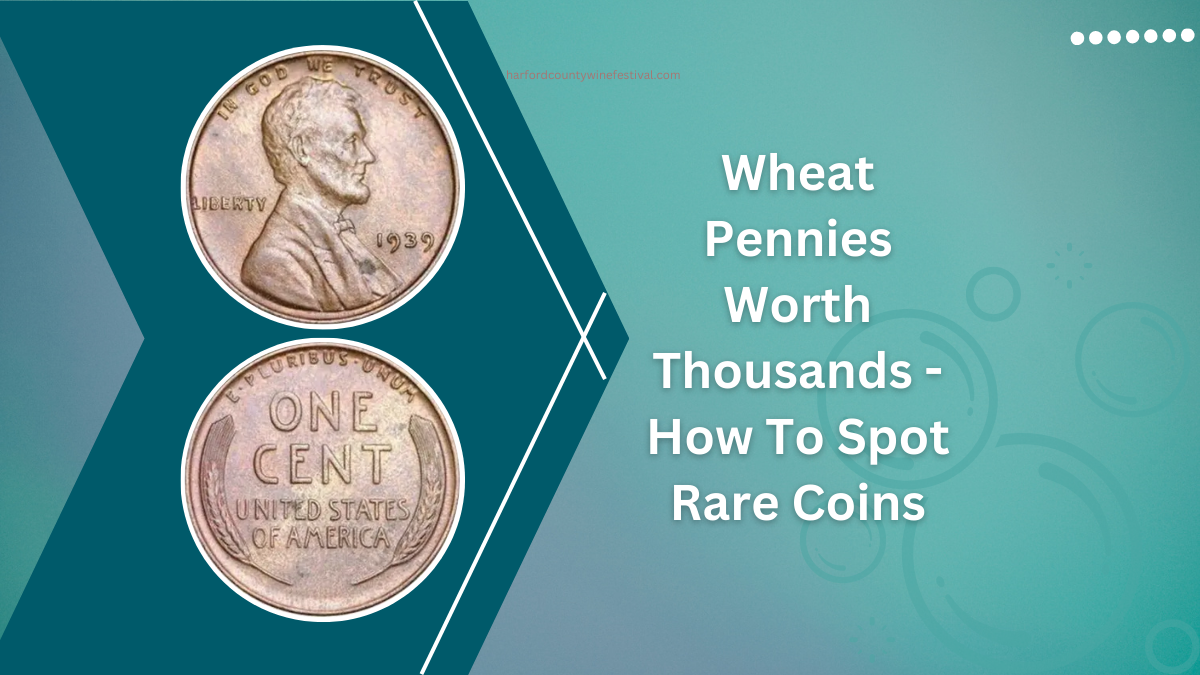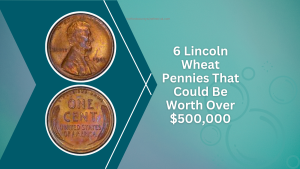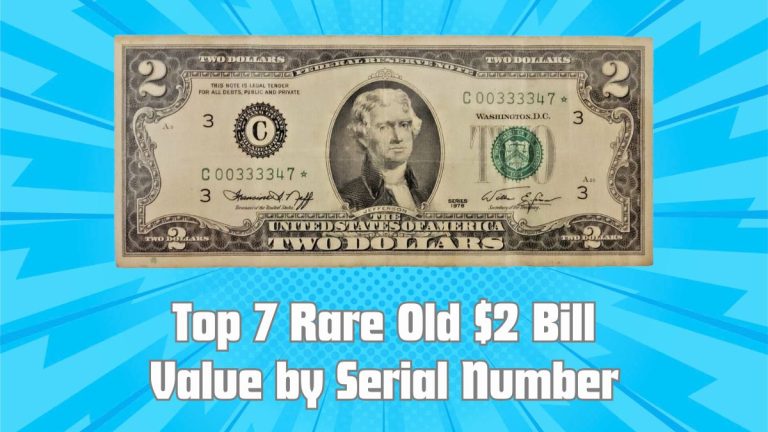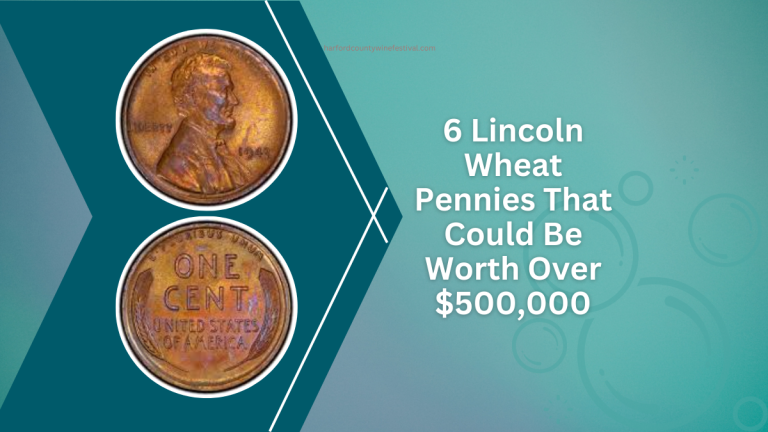Wheat pennies, minted from 1909 to 1958, are cherished by collectors for their historical significance and potential value.
While many are familiar with it, sure wheat pennies can be worth thousands of dollars. Here’s how to spot these valuable coins in your pocket change.
Understanding Wheat Pennies
The Lincoln Wheat Cent, commonly known as the wheat penny, was introduced in 1909 to commemorate Abraham Lincoln’s 100th birthday.
Designed by Victor David Brenner, the coin’s obverse features Lincoln’s profile, while the reverse showcases two wheat stalks, symbolizing prosperity.
Key Dates and Mint Marks to Watch For
Specific years and mint marks denote rarer wheat pennies. Here’s a table highlighting some of the most valuable ones:
| Year | Mint Mark | Approximate Value (USD) | Notes |
|---|---|---|---|
| 1909 | S VDB | Up to $2,750 | Features designer’s initials; low mintage. |
| 1914 | D | Up to $4,465 | Scarce due to low production. |
| 1922 | No D | Up to $60,995 | Missing mint mark; rare error. |
| 1931 | S | Up to $625 | Low mintage; sought after by collectors. |
| 1955 | Doubled Die | Up to $12,275 | Notable doubling error on obverse. |
Values are approximate and can vary based on conditions and market demand.
Identifying Valuable Wheat Pennies
Mint Marks
Mint marks indicate the minting location below the date on the obverse. ‘S’ stands for San Francisco, ‘D’ for Denver, and the absence of a mark signifies Philadelphia.
Certain mint marks, like the 1909-S or 1914-D, are particularly valuable due to limited production.
Errors and Varieties
Minting errors can significantly increase a penny’s value. The 1955 Doubled Die, where the obverse text appears doubled, is a prime example. Other errors include off-center strikes and repunched mint marks.
Condition (Grade)
The coin’s condition greatly affects its value. Grades range from Good (heavily worn) to Mint State (no wear, pristine condition). Uncirculated coins or those with minimal wear fetch higher prices.
Preserving and Evaluating Your Wheat Pennies
- Handling: Always hold coins by the edges to avoid fingerprints.
- Storage: Store in a cool, dry place using coin holders or albums to prevent damage.
- Professional Grading: For high-value coins, consider professional grading services like the Numismatic Guaranty Corporation (NGC) or Professional Coin Grading Service (PCGS) for an accurate assessment.
Recent Market Highlights
The market for rare wheat pennies remains robust. For instance, a 1943-D Bronze Cent fetched $840,000 at auction, making it one of the most valuable wheat pennies to date.
Similarly, a 1943-S Bronze Cent sold for $504,000, underscoring the significant worth of these rare coins.
Conclusion
While many wheat pennies are common, those with specific dates, mint marks, or errors can be exceptionally valuable.
By familiarizing yourself with these key indicators and adequately preserving your coins, you might discover a hidden treasure in your pocket change.
FAQs
What makes a wheat penny valuable?
Factors include rarity, mint mark, production errors, and the coin’s condition.
Where is the mint mark located on a wheat penny?
Below the date on the obverse side.
How can I determine the condition of my wheat penny?
Consider consulting a professional grading service for an accurate assessment.
Are all 1943 pennies valuable?
Only the rare 1943 bronze cents are highly valuable; the common 1943 steel cents are less so.
What’s the best way to sell a valuable wheat penny?
Through reputable coin dealers or auctions specializing in numismatics.







